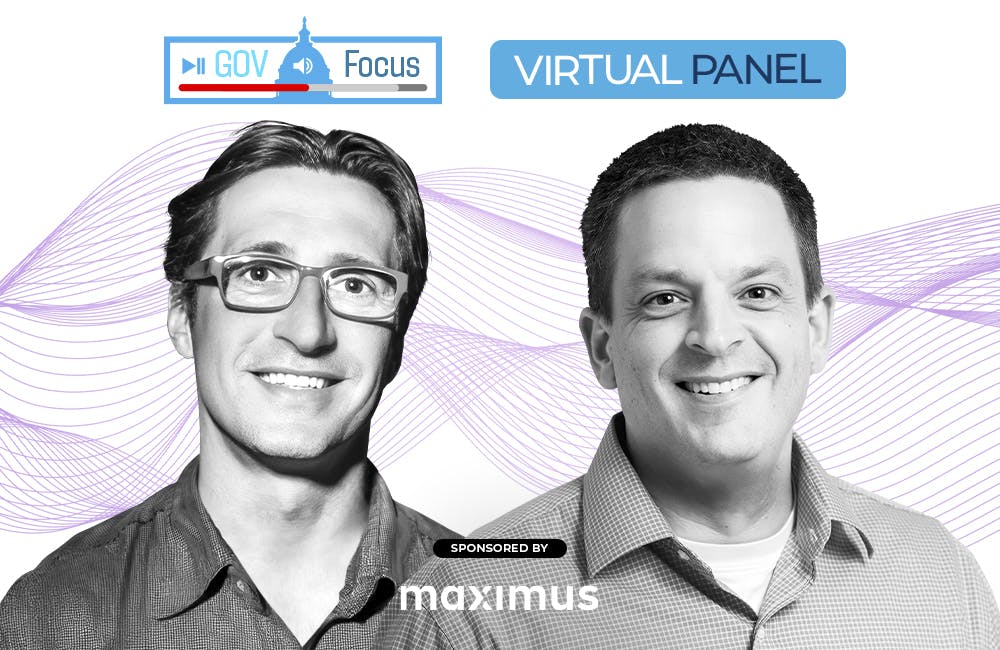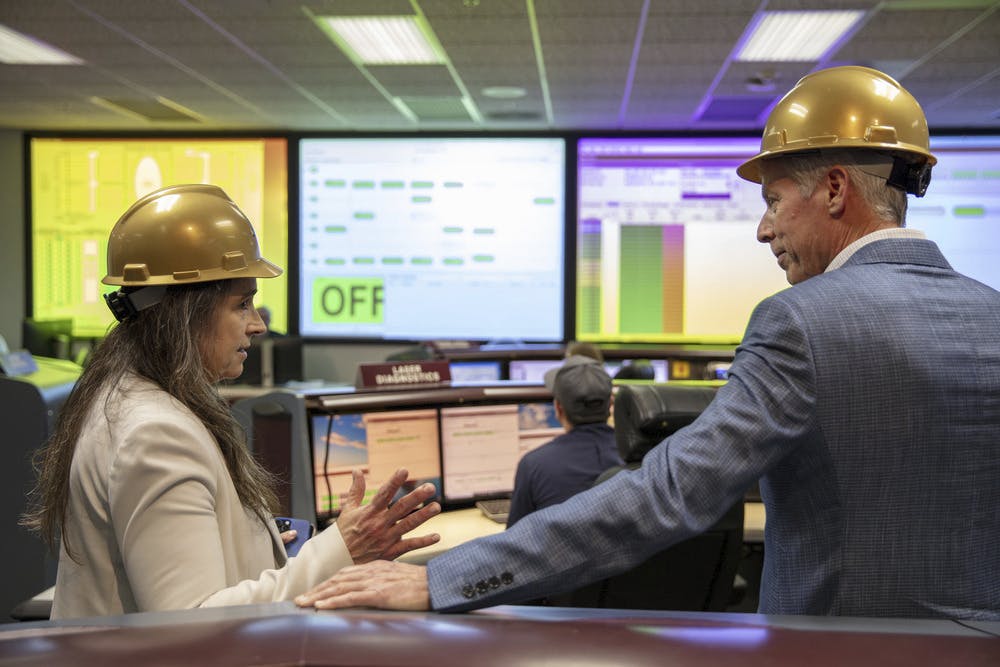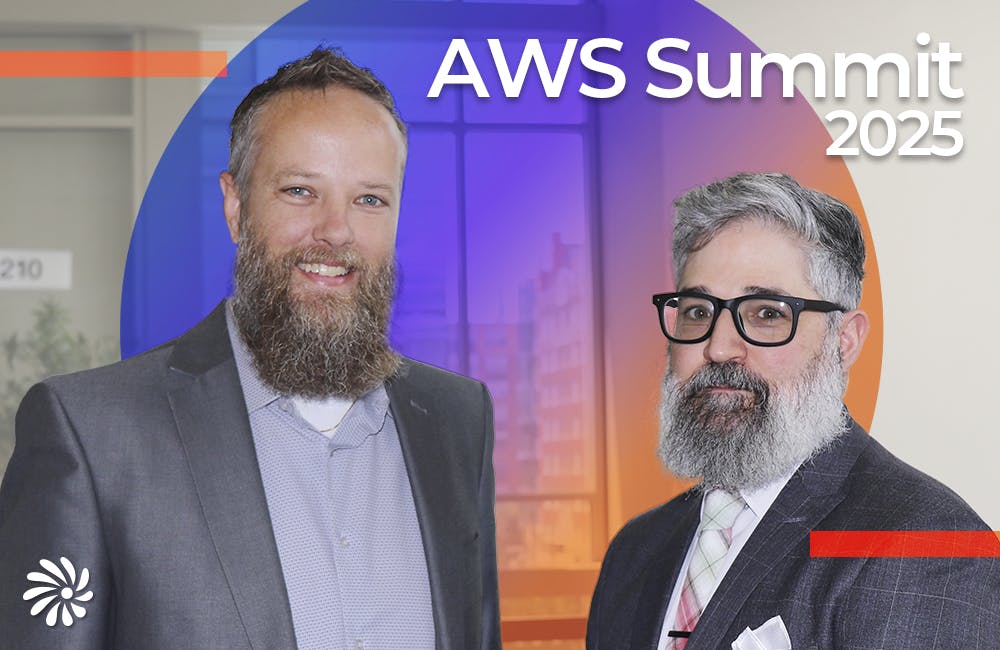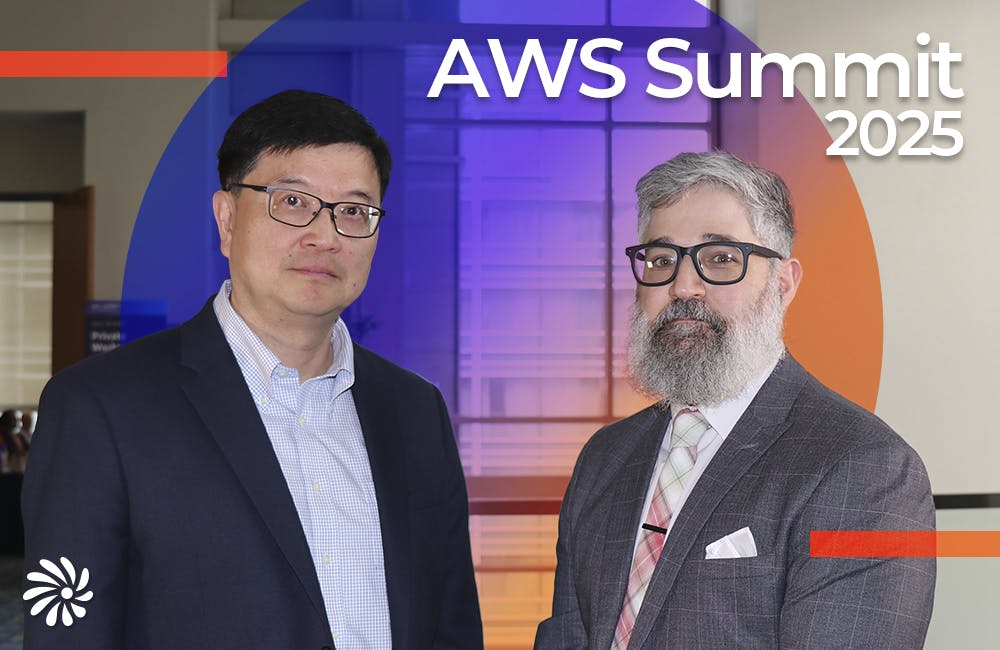DevSecOps is Making Army, CMS More Agile
Part of agency digital transformations include a focus on upskilling the workforce and adopting new security models.

Acquisition and technology leaders across the U.S. Army and Centers for Medicare & Medicaid Services (CMS) are leveraging DevSecOps to increase speed of solutions delivery, accelerate agility and promote a culture of innovation.
Elizabeth Schweinsberg, digital services expert at U.S. Digital Service, is helping CMS build new software, modernize older software and adopt DevSecOps practices, she said during GovCIO Media & Research’s Disruptive DevSecOps virtual event Thrusday.
“We have seen a huge shift to the cloud, and with it more agile development philosophy along with increased shared resources to help teams put the ‘security’ in ‘DevSecOps,’” Schweinsberg said.
At the Army, Jennifer Swanson, the agency’s chief systems engineer for the Assistant Secretary for Acquisition, Logistics and Technology, said that she’s focusing on contract language, upskilling the workforce and integrate automation into solutions testing as the Army continues to adopt DevSecOps. Security testing of applications plays a huge role in zero trust, Schweinsberg noted.
“Getting out in front of vulnerabilities is really going to be key to increasing the trustworthiness of applications that the government is putting out there for the public,” Schweinsberg said.
In terms of the workforce, Swanson said that the Army is leveraging both government and industry solutions to offer flexibility and choice throughout career tracks, which supports many of the agency’s retention and recruitment initiatives.
One example is the U.S. Air Force’s Digital University, which is an educational program that builds digital literacy throughout the service branch. Digital University incorporates modern content from industry, academia and government, and centralizes resources for personnel to upgrade digital fluency and develop organic technical expertise.
“That’s kind of to have curriculum choices and options. We’re also building out kind of a human-centered design approach,” Swanson said. “We’re building on those roles right now, we’re talking to [personnel], we’re doing a pilot to talk to those people… to get that validated. Then based on that, we’re going to put together a recommended curriculum.”
As agencies continue to build out their DevSecOps strategies, Schweinsberg said they’re leveraging new technologies and frameworks to accelerate solutions delivery without unduly changing proven methods. CMS is using platform as a service to provide continuous integration and continuous deployment, testing and containerization, to reduce overhead burden.
“Development teams that are newer to the DevSecOps model don’t have to become experts in it in order to use it,” Schweinsberg said. “We also hope that it will bring down the time needed to get our authorities to operate (ATOs)… We were heavily inspired by the Department of Defense’s platform one and are taking some of those lessons and tailoring it to our needs.”
Schweinsberg is also adopting CISA’s Zero Trust Maturity Model to create a framework for evaluating the maturity of applications that are running in the agency’s main cloud provider. This model enables CMS to identify small ways to improve security, then integrate those lessons learned across the agency.
“This way we can look across a bunch of applications at the same time and find really small things we can do to affect everybody’s security, or areas of education, or what tools we need to introduce at the top level to help bring the entire agency closer to optimal maturity,” Schweinsberg said. “A lot of it is more testing… and putting in guardrails around security settings.”
Automation will play a key role in testing new solutions. At the Army, Swanson said she’s focusing on automating testing to speed up solutions delivery, but one challenge with automation is building in trust. If the Army can overcome that barrier, Swanson said that that will help move her agency toward Agile development sprints in a DevSecOps pipeline.
“We can we’ve done that in lab pipelines, for example,” Swanson said. “How do we get it in the hands of users without having that be like a six month pause on what you’re doing?… It’s really just trying to figure out how to make it more agile and really shift it left.”
Moving forward, zero trust and upskilling the workforce will be key enablers to a true, successful DevSecOps pipeline.
“Zero trust is a lot about making a bunch of small tweaks to what we’re already doing to continuously get closer to the end,” Schweinsberg said.
This is a carousel with manually rotating slides. Use Next and Previous buttons to navigate or jump to a slide with the slide dots
-

Inside Oak Ridge National Lab’s Pioneer Approach to AI
Energy Department’s Oak Ridge National Lab transforms AI vulnerabilities into strategic opportunities for national defense.
22m listen -

Modernization Strategies to Enable Energy Innovation
Lawrence Berkeley National Lab and Maximus experts explore the modernization strategies driving digital transformation and operational resilience within the energy sector.
33m watch -

DOL Turns to Workforce Development to Maintain AI Superiority
DOL is bridging the AI skills gap through partnerships and upskilling to ensure future AI workforce readiness.
10m watch -

Trump’s Executive Order Spurs Federal Push for AI Literacy
Agencies are ramping up AI literacy efforts across the federal workforce and education systems after Trump's executive order on AI education.
5m read -

DOE National Labs Launch New AI Tools for Operational Efficiency
The Energy Department's National Laboratories are using AI to increase operational efficiency and drive research efforts forward.
3m read -

White House AI Czar Outlines Industry's Role in Global AI Race
White House AI Czar David Sacks detailed the Trump administration's AI priorities and industry's role in growing the nation's AI economy.
3m read -

Software Factories Accelerate Federal Modernization Outcomes
IT leaders from Nutanix and SAIC explain how software factories streamline tech development, modernize legacy systems and accelerate adoption of emerging technologies like AI.
34m watch -

AI in Top-Secret Clouds Is a ‘Game Changer’ for IC, DNI Says
Tulsi Gabbard touts significant improvements in AI, data analysis, interoperability and operational intelligence at the AWS Summit 2025.
3m read -

AWS Summit: Innovation Accelerates IT Delivery at DOD
Marine Corps Community Services is tackling outdated IT processes with agile development and cutting-edge cloud security to deliver mission-critical capabilities faster.
12m watch -

CIA's Future Relies on Human-AI Collaboration, CAIO Says
From data triage to agentic AI, Lakshmi Raman details how human expertise remains paramount for national security applications.
3m read -

AWS Summit: NIST Secures High-Performance Computing Against Evolving Threats
NIST’s Yang Guo reveals the broad attack surface of high-performance computing and explains developing guidance and future-proofing security strategies.
9m watch -

Trump Overhauls Federal Cybersecurity with New Executive Order
The new directive aims to strengthen digital defenses while rolling back "burdensome" software requirements and refocusing AI security.
3m read
















